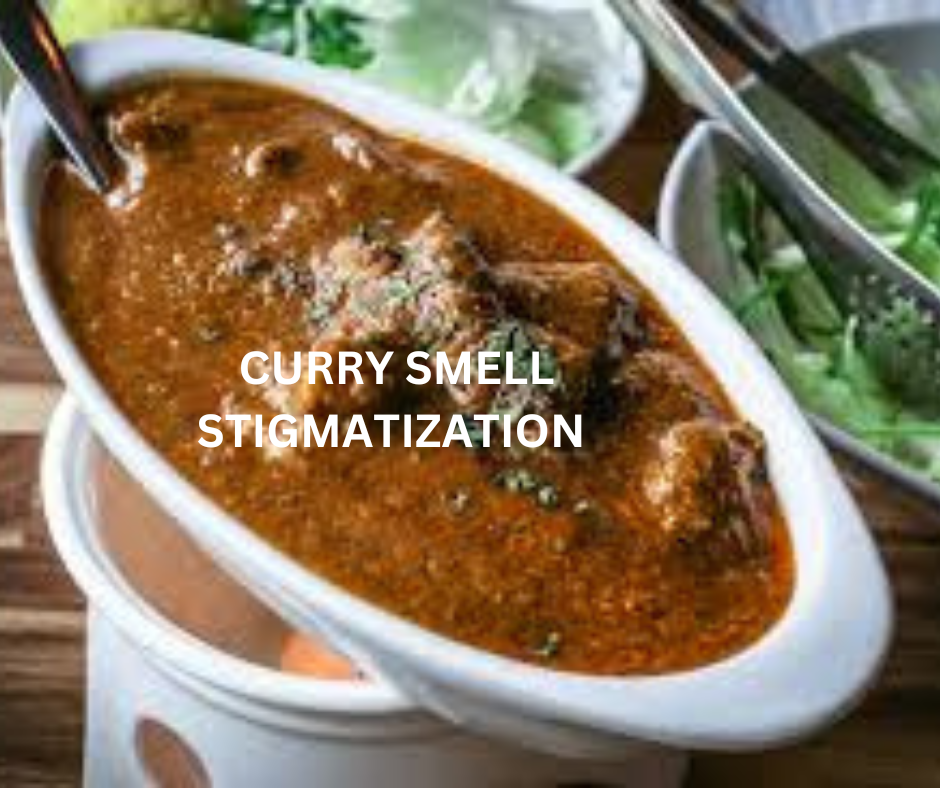A video by an Indian content creator in the U.S., titled “How to Not Smell Like Curry,” has reignited debates about cultural stereotypes, identity, and integration in diaspora communities. The video, while practical in intent, touches upon deep-seated racial biases, highlighting how cultural practices are often reduced to oversimplified and offensive stereotypes in Western societies.
Understanding the Controversy
The association of the “smell of curry” with people of Indian origin is a long-standing racial trope. Historically, such stereotypes have been used to marginalize and “other” immigrant communities, reinforcing perceptions of difference and exclusion. The content creator’s video, which offers tips on managing the lingering smell of spices and onions, has sparked a mix of reactions—some supportive and others critical.
For many viewers, the video perpetuates a stereotype rather than challenging it. Comments like “the food smells so bad you have to quarantine the kitchen” reflect an ingrained disdain for cultural practices that differ from dominant norms. This aligns with broader patterns of microaggressions faced by ethnic minorities, where everyday aspects of their identity, such as food, clothing, or language, are ridiculed or deemed problematic.
Cultural Context and Practicality
Supporters of the creator argue that the video offers practical advice rather than endorsing stereotypes. The lingering smell of spices like cumin and turmeric is a common concern, particularly in Western-style homes with less ventilation compared to Indian kitchens. For many, the advice is less about “whitewashing” and more about navigating practical challenges in a foreign environment.
However, critics assert that addressing such concerns through the lens of assimilation—rather than embracing cultural differences—risks validating the stereotype. As one commenter put it, this issue becomes a “white people concept,” reflecting the internalized pressure on minorities to conform to majority expectations.
The Broader Implications of the Discussion
This debate is a microcosm of a larger challenge faced by diasporic communities: balancing cultural pride with societal integration. Stereotypes like the “curry smell” are not merely innocuous jokes; they often carry the weight of systemic bias. Studies have shown that such stereotypes can influence social interactions, hiring decisions, and perceptions of competence among minority groups.
On the flip side, the popularity of Indian cuisine in the West—particularly dishes like butter chicken and biryani—reveals the paradox of cultural appropriation. While the flavors are celebrated, the people and traditions behind them often face discrimination.
Moving Beyond Stereotypes
This controversy underscores the importance of fostering nuanced conversations around race and culture. Instead of focusing on how to avoid being “different,” the narrative should shift towards celebrating diversity and dismantling biases. Social media platforms, often amplifiers of stereotypes, can also serve as spaces for education and dialogue.
The incident also highlights the need for increased cultural awareness among the broader public. By understanding the significance of food and other cultural practices, societies can move towards genuine inclusivity—one where identities are celebrated, not caricatured.




